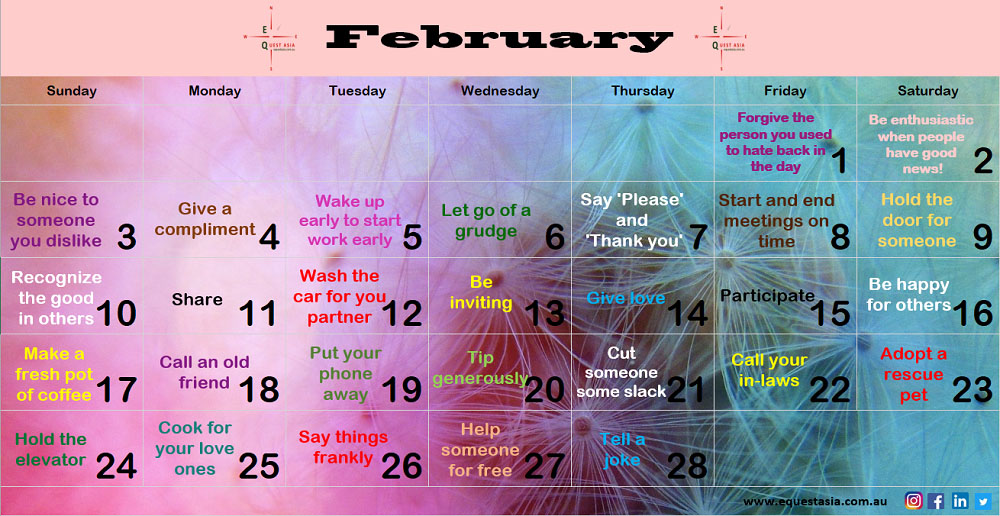February is the second month of the year in the Gregorian calendar and its predecessor, the Julian Calendar, and is the only month that has less than 30 days. It was named after the Latin word februum, which means purification because the month was a time for purification.
The old Roman calendar considered the winter season a month less period, and the year consisted of only 10 months. The month of February was added, along with January, around 700 BCE, so that the calendar would reflect a standard lunar year of 355 days. February became the second month of the year around 450 BCE, although it was originally the last month of the year.
February was shortened to either 23 or 24 days at certain intervals in the Roman calendar, and a 27-day intercalary month was inserted after February to realign the year with the seasons. As part of the Julian calendar reform, the intercalary month was abolished and every fourth year was declared a leap year where a 29th day was added to February. It is the only month that can pass without a single full moon.
February’s birth flower is the violet and the common primrose. The birthstone for February is the amethyst which symbolizes piety, humility, spiritual wisdom and sincerity.
Get your FREE Gratitude 2019 Calendar. Click HERE. Exclusive calendar only from EQuest Asia Pty Ltd.





